Can You Develop Knee Problems From Sitting Too Much?
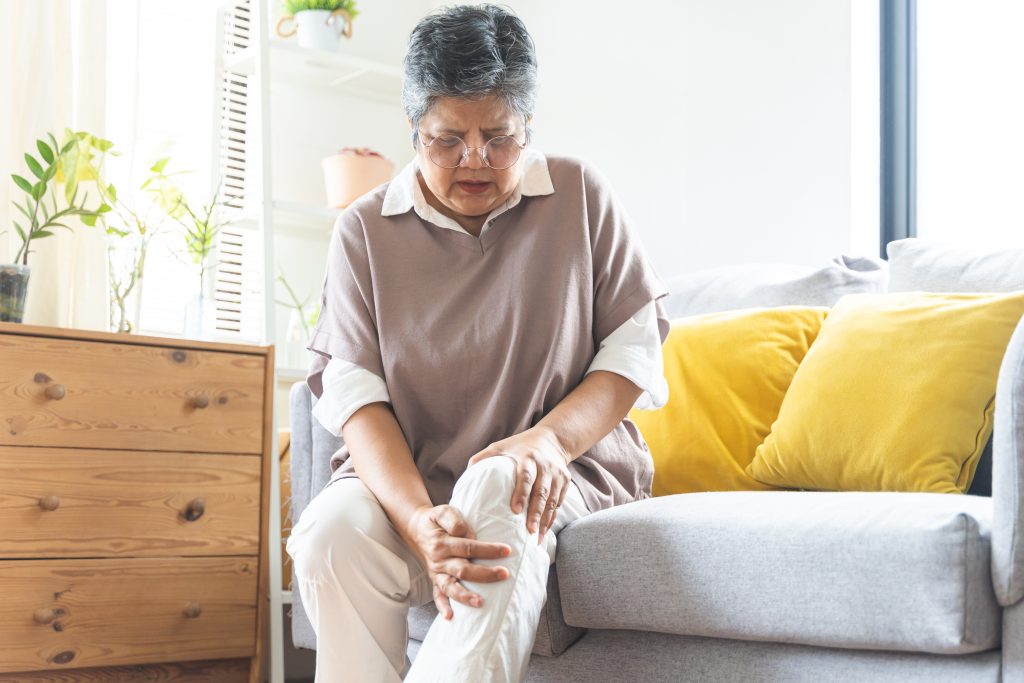
While sitting, your knees are at rest – they’re getting a break from distributing your body weight to your feet and enabling you to run and walk around. But sitting for a long time every day, whether while working at a desk or binge-watching TV without flexing the joints that you depend on, can cause […]
Jumper’s knee physical therapy: What to expect

You may not realize it, but you put your knees through a lot of wear and tear on a daily basis, especially if you consistently work out or play sports. And sometimes that strain gets to be too much for your tendons, which can cause a painful knee injury. Any sort of knee pain can […]
3 tips for addressing that crunching sound that may be occurring in the knee

When you hear a crunching sound in your knee, it can be alarming. There are several reasons why you may be hearing the sound. Some reasons aren’t a call for concern, such as air bubbles releasing. There are also conditions or injuries that could result in the sound, including torn cartilage and osteoarthritis. If you’re […]
What could be behind that pain in your leg behind the knee when you bend it?

You bend your knee much more on a daily basis than you probably realize, from sitting down on a chair to climbing stairs in your home. But if you feel pain behind your knee when it’s bent, it can cause you discomfort throughout the day that can interfere with your overall quality of life. There […]
What could cause my leg to feel numb after my knee pops?

We’ve all popped a joint at some point or another, as it usually means that you’re releasing trapped air bubbles. Some people may experience numbness or pain in their leg after popping a joint, such as their knee joint. When that occurs, it’s important to look further into the potential causes to gain insight into […]
Iliotibial Band Syndrome: Symptoms and Treatment
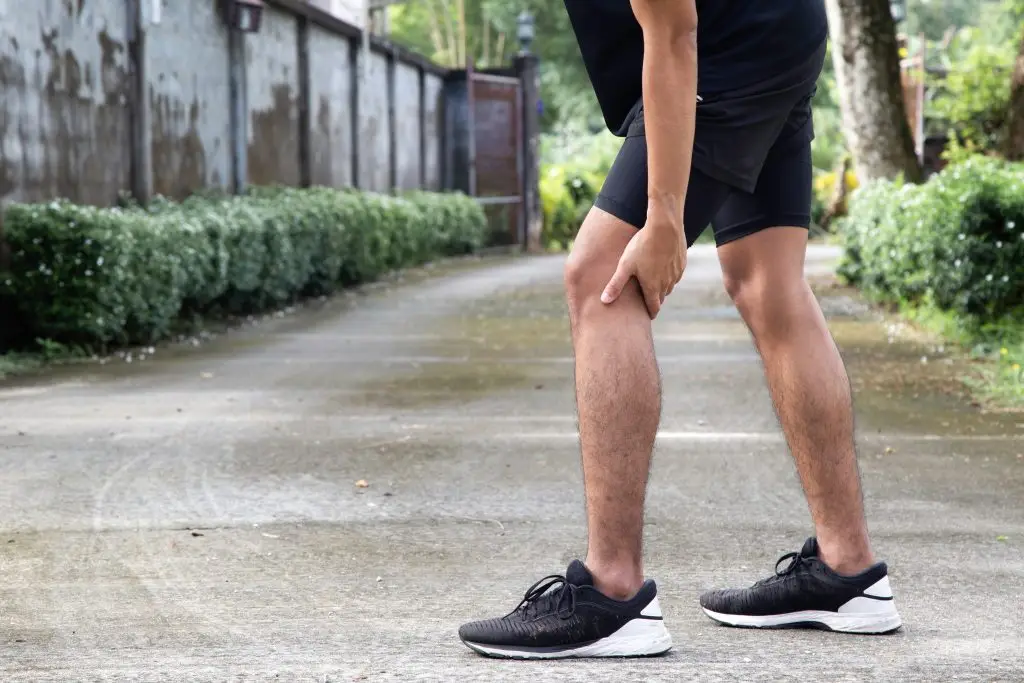
Knee pain is the bane of many runners’ existence. From shin splints to meniscus tears, there’s a lot that can go wrong even as you take precautions and gain experience running or being active. If you’ve recently started feeling a sharp or burning pain on the outer side of your knee, especially during or after […]
Can Plantar Fasciitis Cause Knee Pain?

If you’ve been dealing with frustrating heel pain in general or plantar fasciitis specifically and suddenly notice that your knees hurt, you aren’t alone. Plantar fasciitis doesn’t just affect your feet—it can also create a ripple effect throughout your body, potentially leading to knee pain or other complications when left untreated. Whether you’re an athlete […]
How to Get Rid of Crunching Sound in Knee
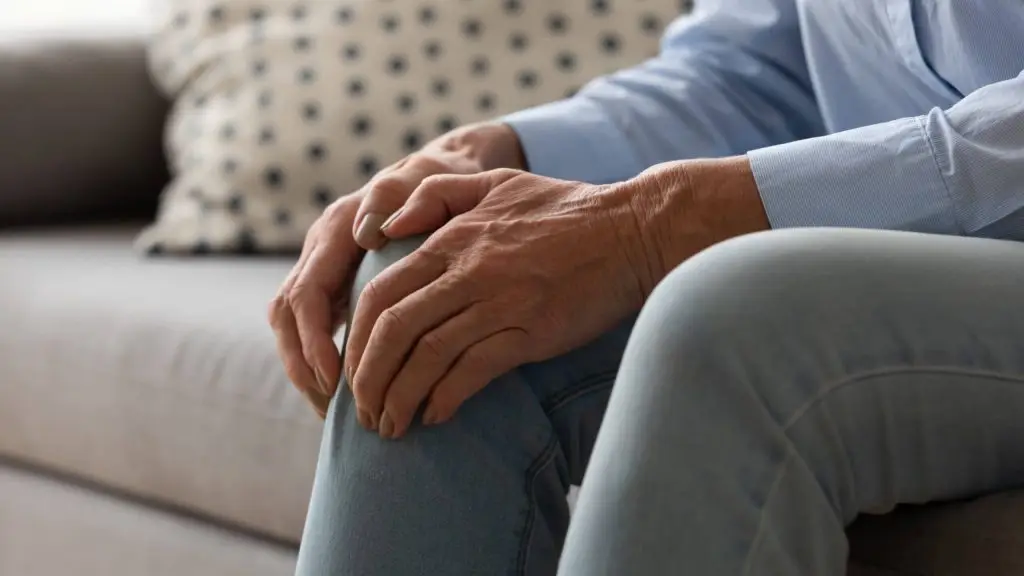
If you’ve noticed a strange crunching sound when you bend or move one of your knees, you’re not alone. For many older adults, this can be an unsettling experience, even if it isn’t accompanied by pain or other symptoms. The sound might raise a variety of concerns: What does it mean? Is something wrong? Am […]
Why Can’t I Bend My Knee?
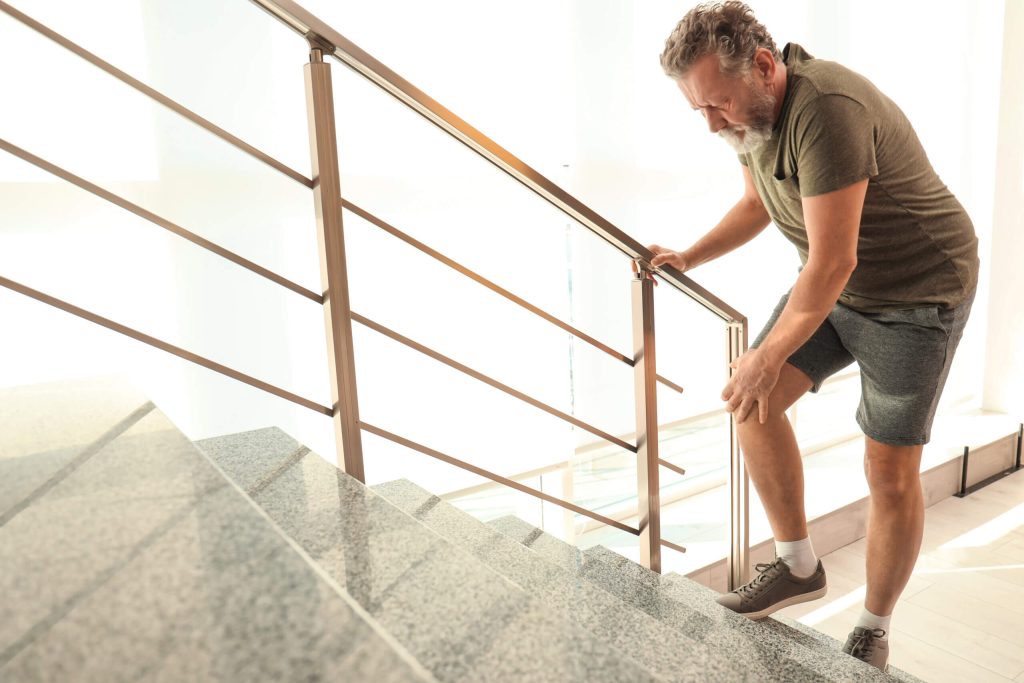
Struggling to bend your knee can feel frustrating and even alarming. Whether your knee suddenly won’t move or its stiffness has crept up over time, the discomfort and limitations in mobility can make your daily life that much more difficult. For many people, bending an uncooperative knee can range from mildly painful to outright impossible, […]
Top 5 Mistakes After Knee Replacement
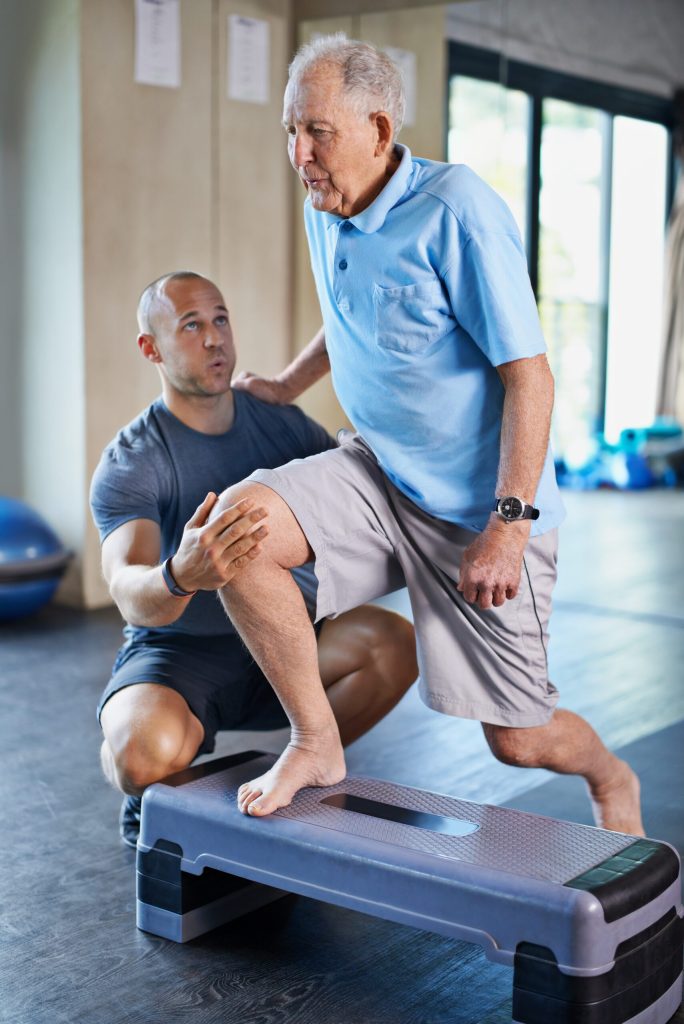
Knee replacement surgery can be a life-changing experience. For people who have been dealing with discomfort despite treatments like cortisone shots or dramatic lifestyle changes, knee replacement can give you back the mobility you remember from years ago. However, the road to recovery isn’t always smooth—it’s a process that requires patience, commitment, and encouragement on […]
Can Knee Pain Cause Calf Pain?

If you’re experiencing pain that sometimes feels like it’s coming from your knee and other times hurts down into your calf, you’re not alone. Discomfort in one part of the leg can sometimes set off or correspond to pain in surrounding areas. But how exactly are the knee and calf connected, and can knee pain […]
How to Treat Meniscus and Cartilage Knee Injuries
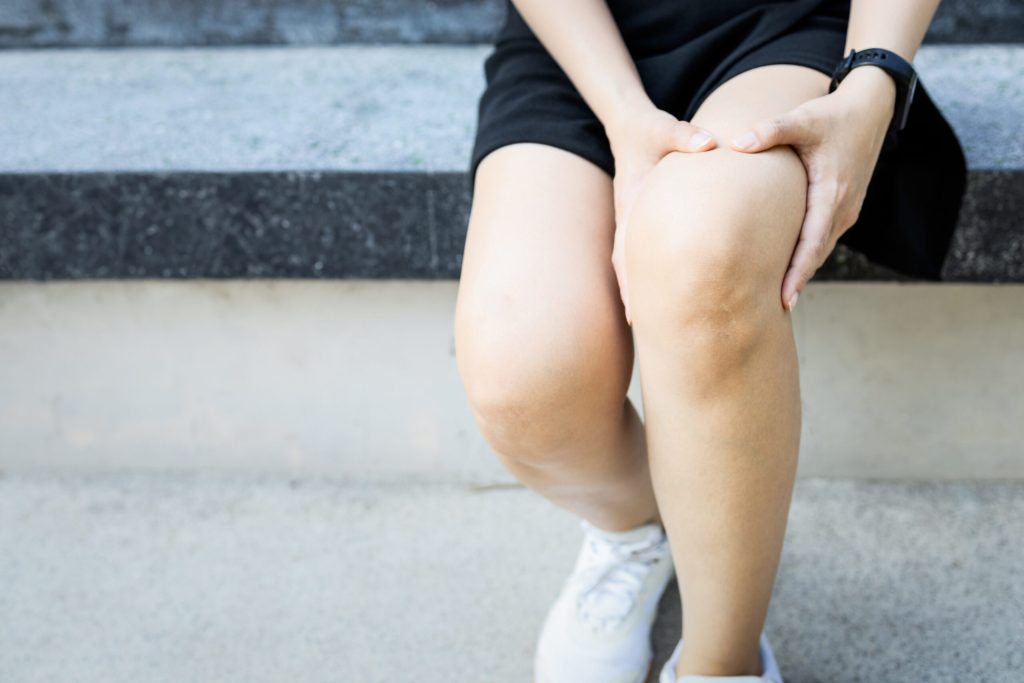
It’s not just pro basketball players; anyone can tear their meniscus or damage the cartilage tissues in their knees with overuse or injury, especially at older ages. You have two menisci in each knee joint, and the ends of the bones that connect at the knee are covered in a thin layer of cartilage. Both […]


